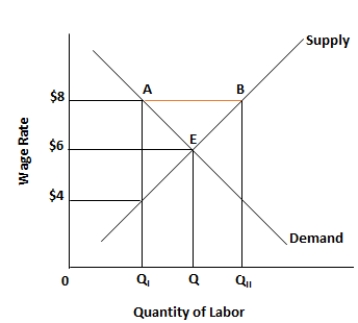Figure 5.3. The figure shows the wage rate and the quantity of labor supplied in an unskilled labor market.  -Which of the following is explained by the price elasticity of demand for a product?
-Which of the following is explained by the price elasticity of demand for a product?
A) The effect of changes in price on the supply of the product
B) The effect of changes in quantity on the supply of the product
C) The effect of changes in quantity on the price of the product
D) The effect of changes in price on the quantity demanded of the product
E) The effect of changes in price on the quantity supplied of the product
G) None of the above
Correct Answer

verified
Correct Answer
verified
The table below shows the quantities of automobiles, margarine, and coffee purchased by Ted at different levels of income.Table 6.2
 -Based on the information given in Table 6.2, margarine is:
-Based on the information given in Table 6.2, margarine is:
A) an inferior good.
B) a necessity.
C) a normal good.
D) a complementary good.
E) a luxury good.
G) A) and C)
Correct Answer

verified
Correct Answer
verified